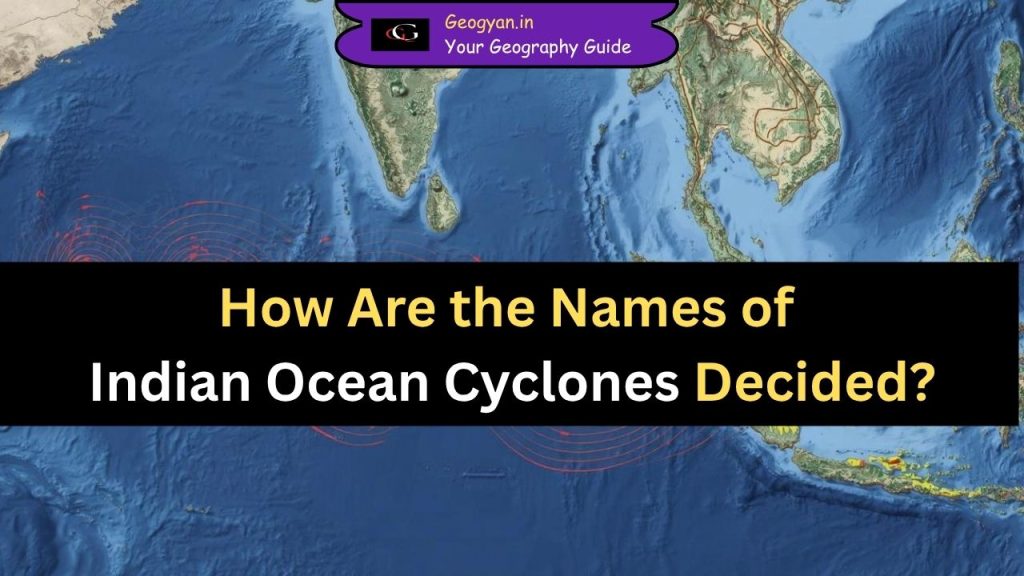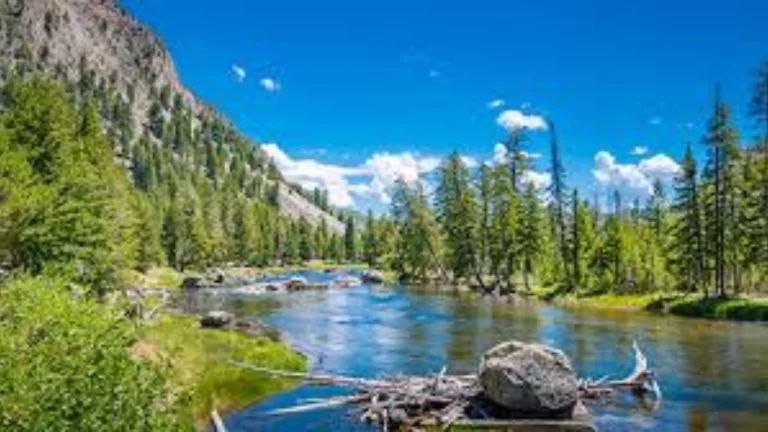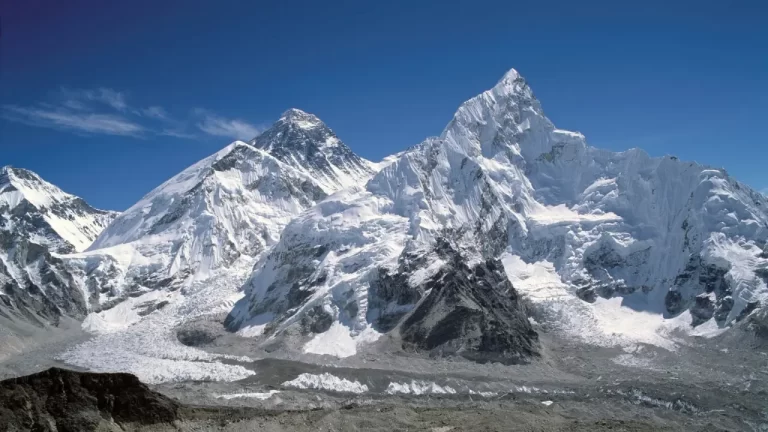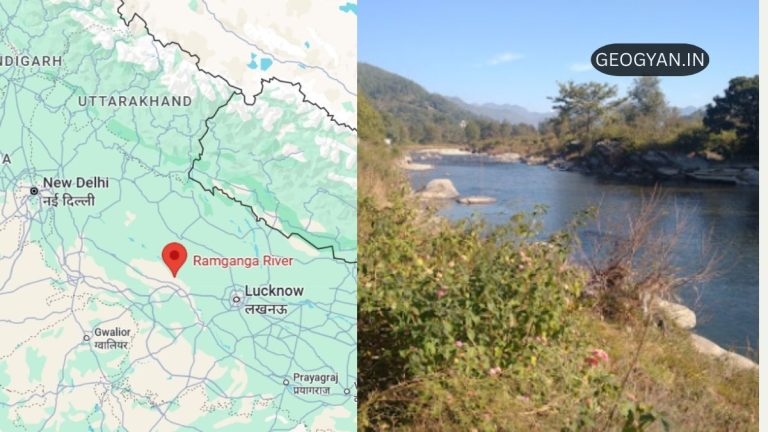Estimated reading time: 4 minutes

Table of contents
- Why Cyclone Naming Is in Focus Again?
- Who Decides the Names of Indian Ocean Cyclones?
- What Is the Role of the India Meteorological Department (IMD)?
- Which Countries Participate in the Cyclone Naming Process?
- How Are Cyclone Names Selected and Used?
- What Are the Rules for Naming Cyclones?
- About the Indian Ocean Cyclone Naming System
- Geographical Significance of Cyclone Naming
- FAQs
- Read Also
Why Cyclone Naming Is in Focus Again?
Recently, Cyclone Montha—a severe storm named by Thailand after a fragrant flower—captured attention as it developed rapidly over the Bay of Bengal and made landfall on India’s east coast, underscoring the importance of coordinated naming in disaster preparedness and public safety.
In early 2025, the India Meteorological Department (IMD) released an updated list of potential cyclone names for the North Indian Ocean (NIO) region, following discussions under the WMO/ESCAP Panel on Tropical Cyclones.
These names are not randomly assigned—they follow a structured international system designed to improve communication and disaster preparedness.
Who Decides the Names of Indian Ocean Cyclones?
The naming of tropical cyclones in the North Indian Ocean, which includes the Bay of Bengal and the Arabian Sea, is managed by an international committee formed under two key global bodies:
- World Meteorological Organization (WMO)
- UN Economic and Social Commission for Asia and the Pacific (ESCAP)
Together, they formed the Panel on Tropical Cyclones (PTC), which supervises the naming process for this region.
What Is the Role of the India Meteorological Department (IMD)?
The IMD, New Delhi, serves as the Regional Specialized Meteorological Centre (RSMC) for the North Indian Ocean.
Its key responsibilities include:
- Monitoring and forecasting tropical cyclones in the Arabian Sea and Bay of Bengal.
- Assigning official names once a storm reaches a wind speed of 34 knots (62 km/h).
- Disseminating warnings and coordinating communication with neighboring countries.
Purpose of Naming:
Cyclone names make communication easier during emergencies, reduce confusion when multiple systems are active, and enhance public awareness and media clarity.
Which Countries Participate in the Cyclone Naming Process?
The WMO/ESCAP Panel currently includes 13 member countries from Asia and the Middle East:
India, Bangladesh, Pakistan, Myanmar, Maldives, Sri Lanka, Thailand, Oman, Yemen, Iran, Qatar, Saudi Arabia, and the United Arab Emirates.
Each country contributes 13 names, creating a combined list of 169 cyclone names.
This system began in 2004, and the latest list was introduced in April 2020.
How Are Cyclone Names Selected and Used?
The names are used sequentially and alphabetically by the name of the contributing country.
Once used, a name is never repeated in the Indian Ocean basin.
For example:
- Montha — Suggested by Thailand, meaning “beautiful flower”.
- Senyar — From UAE, referring to a “traditional boat”.
- Ditwah — From Yemen, meaning “natural lagoon”.
- Arnab — From Bangladesh, meaning “rabbit”.
- Murasu — From India, meaning “drum” (symbol of power).
This sequence ensures fairness, cultural diversity, and equal representation
What Are the Rules for Naming Cyclones?
Each member country must follow strict criteria before proposing a name:
- Neutral in politics, religion, culture, and gender.
- Non-offensive to any country or group.
- Short and easy to pronounce.
- Maximum of eight letters.
- Must be submitted with meaning, pronunciation, and translation.
The Panel reviews and approves all suggestions before adding them to the master list.
What Happens if a Cyclone Crosses Basins?
When a storm crosses from the South China Sea into the Bay of Bengal, its original name is retained.
This rule prevents confusion and maintains global consistency in tracking tropical systems.
About the Indian Ocean Cyclone Naming System
The North Indian Ocean is unique compared to other regions because its cyclone names are not recycled.
Once a name is used, it is retired permanently. This differs from the Atlantic Basin, where names are reused every six years unless they belong to a catastrophic event (like Katrina or Haiyan).
Geographical Significance of Cyclone Naming
From a geographical perspective:
- The North Indian Ocean Cyclone Basin includes two main seas — the Bay of Bengal and the Arabian Sea.
- The IMD’s RSMC in New Delhi monitors this region because of India’s central location in the cyclone path.
- Cyclone naming helps map the seasonal behavior of tropical systems, assisting meteorologists in tracking climatic patterns related to ENSO, IOD, and Monsoon Variability.
Sources: TOI
FAQs
Q1. Who decides the names of cyclones in the Indian Ocean?
The names are decided by the WMO/ESCAP Panel on Tropical Cyclones, and officially assigned by the IMD, New Delhi.
Q2. How many countries are involved in the cyclone naming process?
Thirteen countries currently participate in naming cyclones for the North Indian Ocean region.
Q3. Can a cyclone name be repeated?
No. Once used, a cyclone name is retired permanently in this basin.
Q4. Why is naming important?
It ensures effective communication, reduces confusion, and aids disaster management.
Q5. What are the upcoming cyclone names in 2025?
After Montha, the next cyclones will be Senyar (UAE), Ditwah (Yemen), Arnab (Bangladesh), and Murasu (India).




























